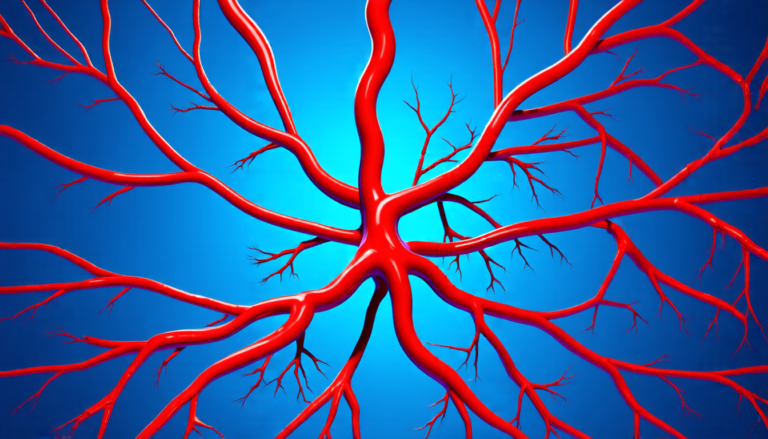Friday 28 March 2025
Scientists have long been fascinated by the mysteries of design and optimization, particularly in complex systems like aerodynamics and photonics. In a recent study, researchers employed an innovative approach to tackle these challenges, leveraging the power of machine learning and deep neural networks.
The team’s focus was on developing efficient methods for inverse design problems, where the goal is to determine the optimal parameters required to achieve a specific outcome or performance metric. This type of problem is notoriously difficult, as it involves navigating vast solution spaces while simultaneously ensuring that the desired properties are satisfied.
To tackle this challenge, the researchers designed a novel hybrid approach that combines active learning with tandem neural networks (TNNs). Active learning enables the algorithm to selectively sample the most informative data points from a large dataset, thereby reducing the required size of the training set. This is particularly useful in high-dimensional design spaces, where brute-force sampling can be computationally expensive and time-consuming.
The TNN architecture itself consists of two neural networks: a forward model and an inverse model. The forward model simulates the behavior of the system under different design parameters, generating predictions that are then refined by the inverse model to produce optimized solutions.
In their experiments, the researchers applied this approach to three benchmark problems in aerodynamics and photonics. The first problem involved designing airfoils with specific aerodynamic properties, while the second focused on optimizing photonic surface designs for target optical properties. The third challenge was a scalar boundary condition reconstruction problem, where the goal was to infer the underlying parameters from noisy measurements.
The results were impressive across all three benchmark problems. In each case, the hybrid approach significantly outperformed traditional methods, achieving better accuracy with fewer training samples. This not only reduces computational costs but also enables more rapid iteration and refinement of design solutions.
One of the key advantages of this approach is its flexibility and scalability. The TNN architecture can be easily adapted to a wide range of applications, from simple aerodynamic problems to complex photonic designs. Additionally, the active learning component allows for efficient exploration of large solution spaces, making it an attractive option for high-dimensional optimization problems.
The potential implications of this research are far-reaching, with applications in fields such as aerospace engineering, materials science, and biomedical imaging. By developing more efficient and accurate methods for inverse design, scientists can unlock new possibilities for innovation and discovery, driving progress in areas where human expertise is limited or difficult to scale.
Cite this article: “Machine Learning-Based Inverse Design for Efficient Optimization of Complex Systems”, The Science Archive, 2025.
Machine Learning, Deep Neural Networks, Inverse Design, Optimization, Aerodynamics, Photonics, Active Learning, Tandem Neural Networks, Computational Costs, Scalability







